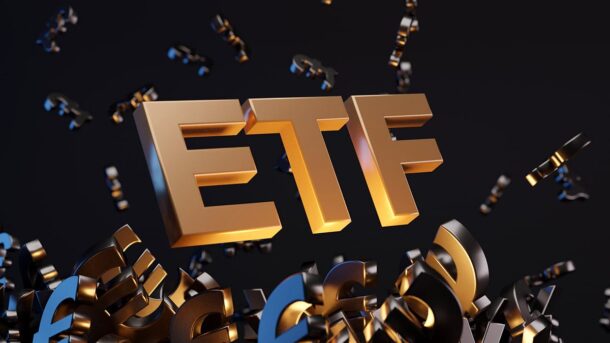As investors engage with Exchange Traded Funds (ETFs), understanding the intricacies of the redemption process becomes essential. This process, the counterpart to creation, involves selling ETF units, a journey that takes place between the market participant and the ETF issuer. Let’s unravel the intricacies of ETF redemption, providing insights into the steps involved.
Initiating Redemption:
- When investors decide to liquidate their ETF holdings, they initiate the redemption process. The market participant, who can be an institutional investor, fund manager, or another authorized entity, submits an application to the ETF issuer expressing the intent to redeem (or ‘liquidate’) ETF units.
Delivering Underlying Assets or Cash Equivalent:
- Similar to the creation process, the market participant delivers either the underlying reference assets or their cash equivalent to the ETF issuer. The nature of these assets depends on the composition of the ETF – whether it tracks stocks, bonds, commodities, or other asset classes.
- In practical terms, if the ETF is designed to replicate the NSE 25 Share Index, the market participant may deliver shares of the NSE 25 constituent companies, reflecting their proportional weightings in the index. Alternatively, they may opt for a cash settlement equivalent to the value of these shares.
Value Transfer and ETF Unit Exchange:
- In return for the delivered assets or cash, the ETF issuer transfers the equivalent value in ETF units to the market participant. This exchange ensures that the market participant is compensated for the redeemed assets or their cash equivalent.
ETF Unit Cancellation:
- The final step in the redemption process involves the cancellation of the ETF units. The ETF issuer effectively removes the redeemed units from circulation, reducing the total number of outstanding units in the market for that particular ETF.
Understanding the redemption process is crucial for investors navigating the dynamic landscape of ETFs. This mechanism not only provides liquidity for investors seeking to exit their positions but also plays a pivotal role in maintaining the balance and integrity of the ETF’s overall structure.
In conclusion, as ETFs continue to gain popularity for their transparency, liquidity, and cost-effectiveness, investors can confidently navigate the redemption process armed with the knowledge of how these transactions unfold.




